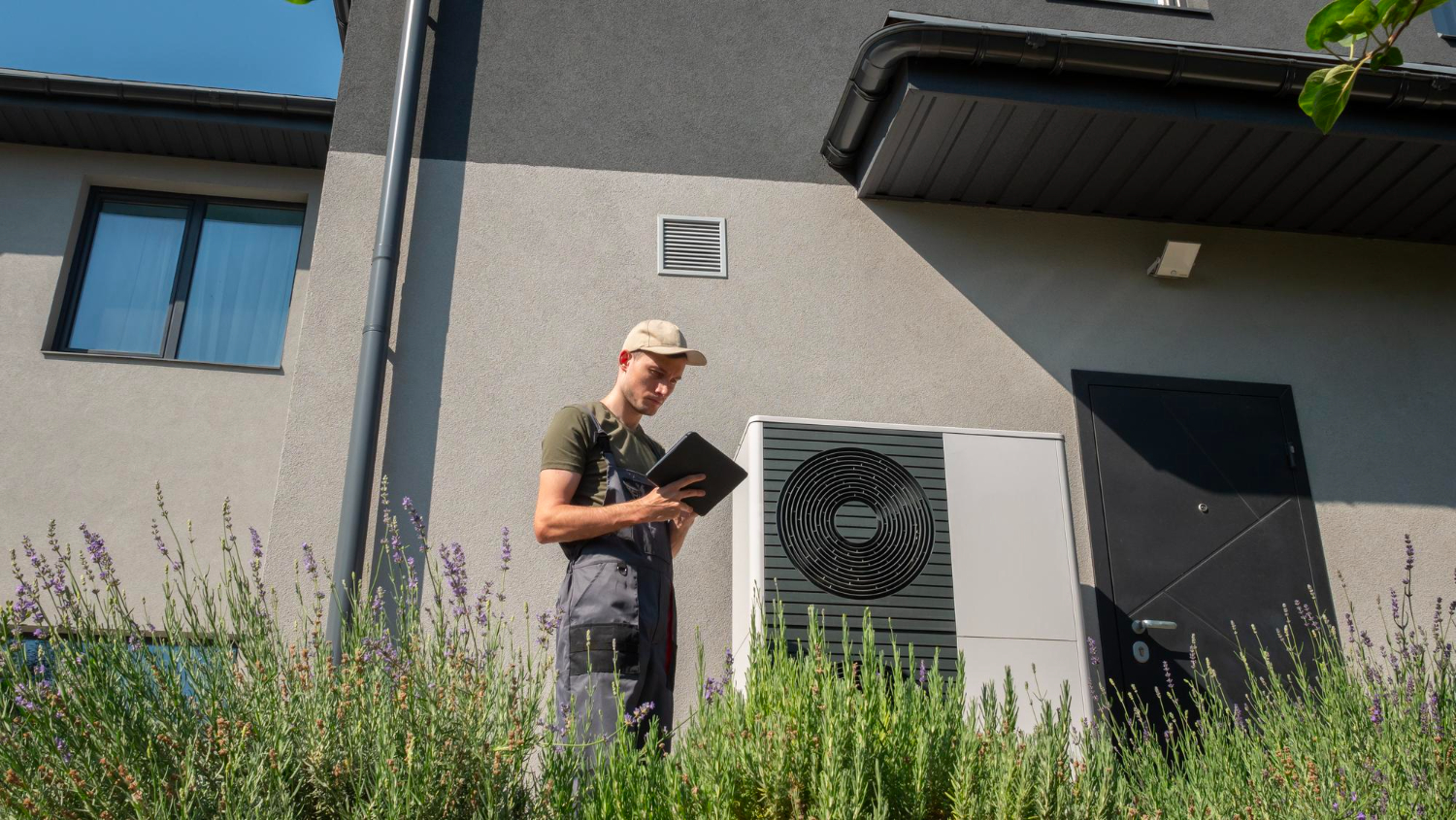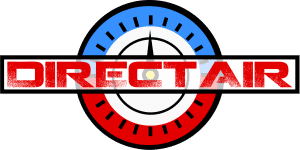
A well-functioning heat pump system is crucial for maintaining a comfortable and energy-efficient home. Whether you’re installing a new heat pump or replacing an old system, it’s essential to ensure the installation process is done correctly.
Understanding when to perform maintenance and recognizing signs that your heat pump needs repair or replacement are key elements in ensuring your heating system remains reliable and effective throughout the year.
Preparing for Heat Pump Installation
Preparing for heat pump installation involves several important steps to ensure a smooth and efficient process. First, it’s crucial to select the right heat pump for your home. Our professionals will assess your heating needs, the size of your home, and the layout of the property.
Another key preparation step is proper site selection. Our technicians will identify the best location for the heat pump unit, both indoors and outdoors. The outdoor unit should be placed on a stable, level surface with adequate clearance for airflow. It’s important to avoid locations near windows or occupied spaces to minimize noise. We also check for any potential obstructions and ensure that there’s sufficient space for future maintenance and repairs.
Electrical and ductwork inspections are also critical. Our technicians will ensure that your home’s electrical system can handle the new heat pump. We’ll inspect and upgrade the wiring if necessary. Additionally, our team will examine the existing ductwork to verify that it is in good condition and compatible with the new system.
Steps in the Installation Process
The installation process for a heat pump involves several coordinated steps to ensure the system functions efficiently. Our professionals follow a structured approach to handle each phase of the installation accurately and safely.
- Site Preparation: The installation begins with preparing the site for the heat pump. This involves setting up a stable base for the outdoor unit. We clear the area of any debris and ensure it’s level. Necessary support structures are installed to secure the unit in place.
- Mounting the Units: Next, we install the outdoor unit followed by the indoor components. Our technicians securely mount the outdoor unit and connect it to the indoor unit through refrigerant lines and electrical wiring. The indoor unit is positioned to ensure optimal airflow and easy access for future maintenance.
- Connecting Refrigerant Lines and Electrical Wiring: The refrigerant lines are carefully connected to ensure there are no leaks. Proper insulation of these lines is crucial to maintain efficiency. Electrical wiring is connected according to safety standards, and our technicians double-check all connections to ensure there are no loose or exposed wires.
- Testing the System: Once the installation is complete, we meticulously test the system. This includes checking the refrigerant levels, thermostat settings, and overall performance of the heat pump. Our professionals ensure the system is operating as expected and making any necessary adjustments.
- Final Inspection: After testing, our technicians perform a final inspection to confirm everything is in place and functioning correctly. We check for any unusual noises, vibrations, or performance issues. The system is calibrated to meet your heating needs efficiently.
Post-Installation Maintenance and Care
Proper maintenance and care are vital for the long-term performance and efficiency of your heat pump. Regular maintenance helps prevent unexpected breakdowns and extends the lifespan of your system. Our professionals recommend a set schedule for routine maintenance tasks to keep your heat pump in top condition.
One of the essential maintenance tasks is changing or cleaning the air filters. Dirty filters can obstruct airflow and reduce the efficiency of your heat pump. Our technicians will inspect and replace filters as needed to ensure smooth operation. It’s advisable to check filters monthly and replace them every 1-3 months depending on usage.
Another critical aspect of maintenance is inspecting and cleaning the coils. Dirty coils can decrease the heat pump’s ability to absorb and release heat, affecting performance. Our professionals carefully clean the evaporator and condenser coils to maintain optimal heat transfer.
Routine checks also include inspecting the refrigerant levels and ensuring there are no leaks in the system. Low refrigerant levels can result in reduced efficiency and potential damage to the compressor. Our technicians will top up the refrigerant if necessary and repair any leaks promptly.
It is also important to perform regular inspections of the thermostat settings and the overall condition of the heat pump. Our professionals check for any unusual sounds or vibrations and adjust the system to maintain efficient operation. These routine maintenance steps ensure your heat pump remains reliable and efficient throughout its lifecycle.
Signs You Need Heat Pump Repair or Replacement
Identifying when your heat pump needs repair or replacement is crucial for maintaining a comfortable indoor environment. There are several signs to watch for that indicate it might be time to call our professionals for heat pump repair or replacement services.
- Inconsistent Temperatures: If your heat pump is struggling to maintain a consistent temperature, it could be a sign of several issues, such as thermostat problems or refrigerant leaks. Our technicians can diagnose and repair these issues to restore proper function.
- Unusual Noises: Loud or strange noises, such as grinding or banging, could indicate mechanical issues within the heat pump. These sounds often mean there are worn-out or loose components that need attention from our professionals.
- High Energy Bills: A significant increase in your energy bills without a corresponding rise in usage can signal that your heat pump is losing efficiency. This might be due to aging equipment, failing components, or poor maintenance. Our technicians will assess the system and recommend necessary repairs or replacement options.
- Frequent Repairs: If you find yourself calling for heater repair services frequently, it might be more cost-effective to consider a heating replacement. Continual breakdowns are often a sign that the system is nearing the end of its lifespan.
- System Age: Heat pumps typically last around 10-15 years. If your system is approaching or has exceeded this age range, it may be time to look into a heat pump replacement. Older systems are more likely to have efficiency issues and require more frequent repairs.
Conclusion
A well-installed and maintained heat pump is essential for ensuring a comfortable and energy-efficient home. By focusing on proper preparation, adhering to meticulous installation steps, and committing to regular maintenance, you can maximize the performance and lifespan of your heat pump.
For expert heat pump installation in Oklahoma City, contact Direct Air LLC today. Let our skilled technicians ensure your heating system operates at its best, providing you with peace of mind and a comfortable home environment!






